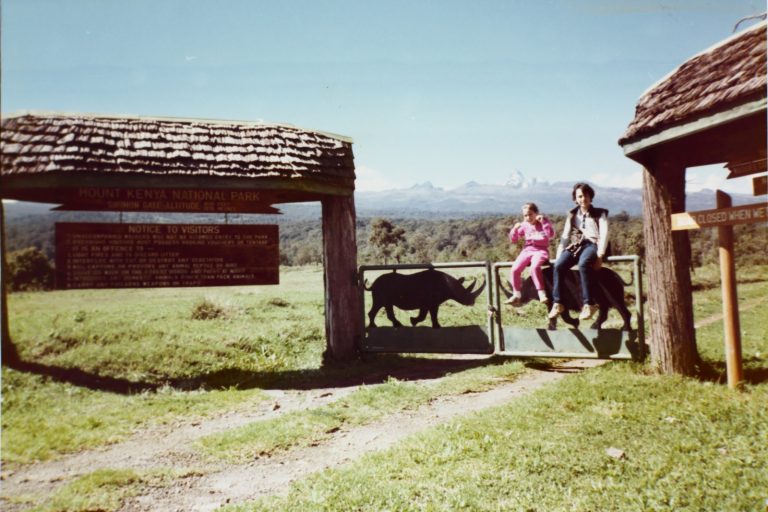”First Day Cover – ”The Big Five
The Big Five Wildlife Stamps – Kenya 1992
The Big Five – Kenya wildlife stamps
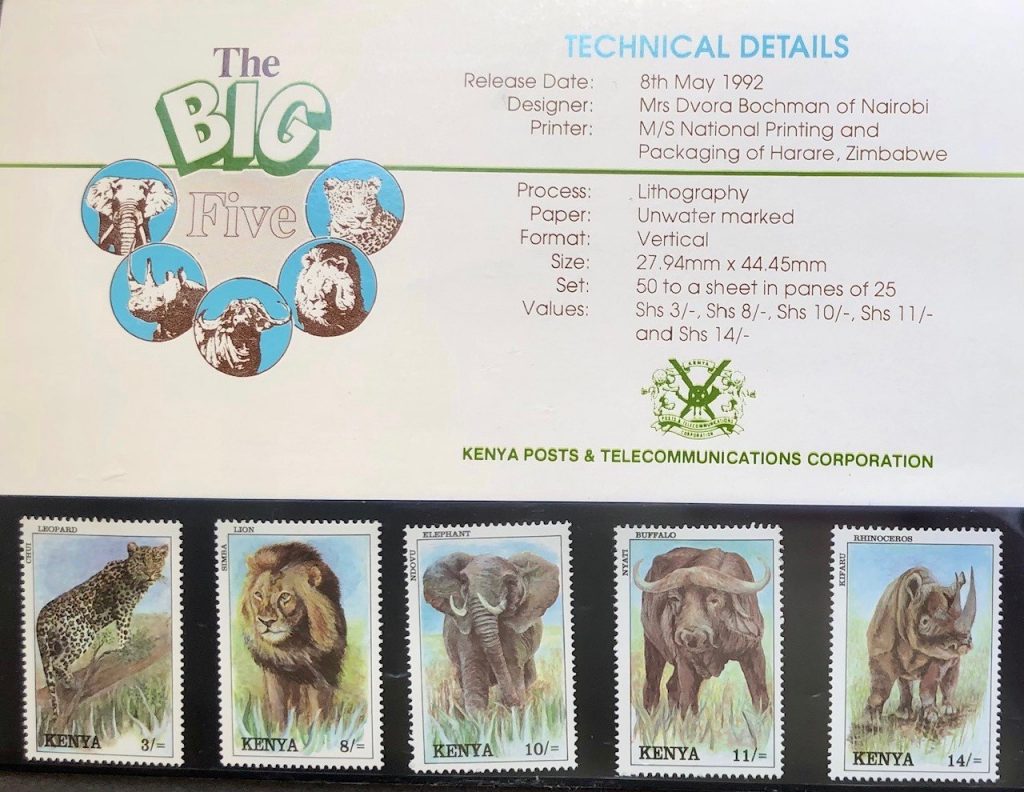
Technical Details
Publication date: May 8, 1992
Designer: Ms. Dvora Bochman from Nairobi
Printer: M/S National Printer and Packer of Harare, Zimbabwe
Process: Lithography
Paper: Not watermarked
format: Vertical
Dimensions: 27.94mm x 45.44mm
Set: 50 per sheet in panels of 25
Values: 3Ksh, 8Ksh, 10Ksh, 11Ksh, 14Ksh

Big Five – the Five Largest
About
The Kenya Wildlife Service (KWS) policy is to protect wildlife and their habitat as a national and international resource in any form. Kenya is known for its many varieties of wildlife. Extensive areas have been allocated to national parks, nature reserves, and sanctuaries to protect these animals.
The wild animals known as: “the five big animals” are the pride of Kenya, and they encourage tourism in the country. The five animals are rhinoceros, buffalo, tiger, lion, and elephant.
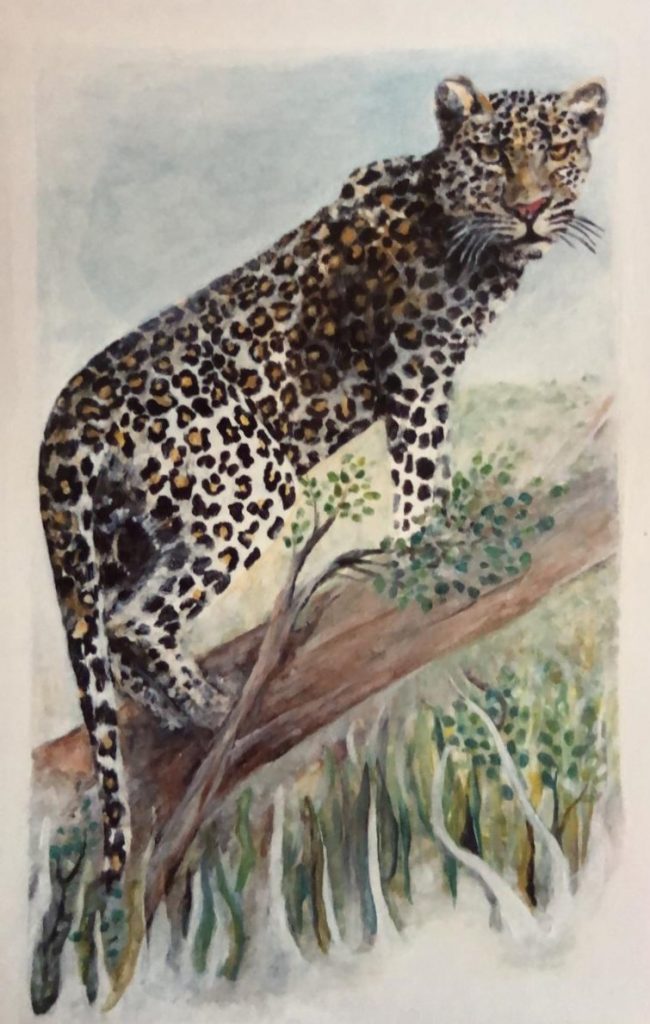
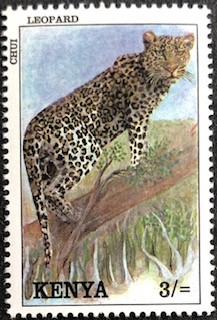
LEOPARD (CHUI) – 3 Khs
The tiger is one of the big cats. The name leopard already appears in ancient Greek pardos. The word refers to hunting and capturing wild animals, and phonetically पांडर ( pand-ara ) means pale yellow, whitish, or white. The earliest known tiger is a fossil excavated in Europe dating from the Pleistocene, 600,000 years ago.
The tiger is stealthy and can only be seen far away in daylight. Has spots that resemble black roses, and his fur is well camouflaged. It looks similar to Jaguar but has a smaller and lighter structure. Its body is long and strong, its legs are short, and its long tail gives it a ‘low and sloping’ appearance compared to a lion or a cheetah. Has the ability to run at speeds of up to 58 km per hour (36 km/h). The tiger excels in its ability to adapt to a variety of habitats. He may spend a significant part of the day in caves or lying on the branches of trees in the Savannah. The tiger is distinguished by opportunistic hunting behavior.
It feeds on rock hares and beavers up to antelopes and zebras. The tiger can be found almost anywhere there is shelter, prey, and access to water. The tiger is still found near urban centers in many parts of Africa and is regularly seen on the outskirts of Nairobi. However, the tigers are currently in danger of extinction. They are hunted illegally, and their body parts are smuggled in the wildlife trade for medical purposes and decoration.

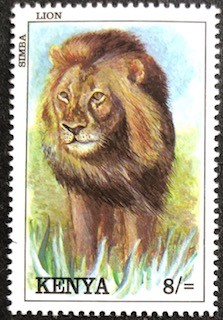
LION (SIMBA) – 8 Ksh
The lion is the largest of the African felines. Cats have a sandy golden color except for the males which may be darker or even black. The lion (known as the king of the jungle) sleeps for two-thirds of the day, the hunting activity of the lions occurs every three or four days, and usually in the early morning hours.
The lion is not dependent on a water supply and will drink when water is available. Hunting occurs in well-defined territories but individual males migrate and may occur in a variety of areas and habitats. The lion was seen in most parts of the parks: Amboseli, Mara, Serengeti and Virunga.
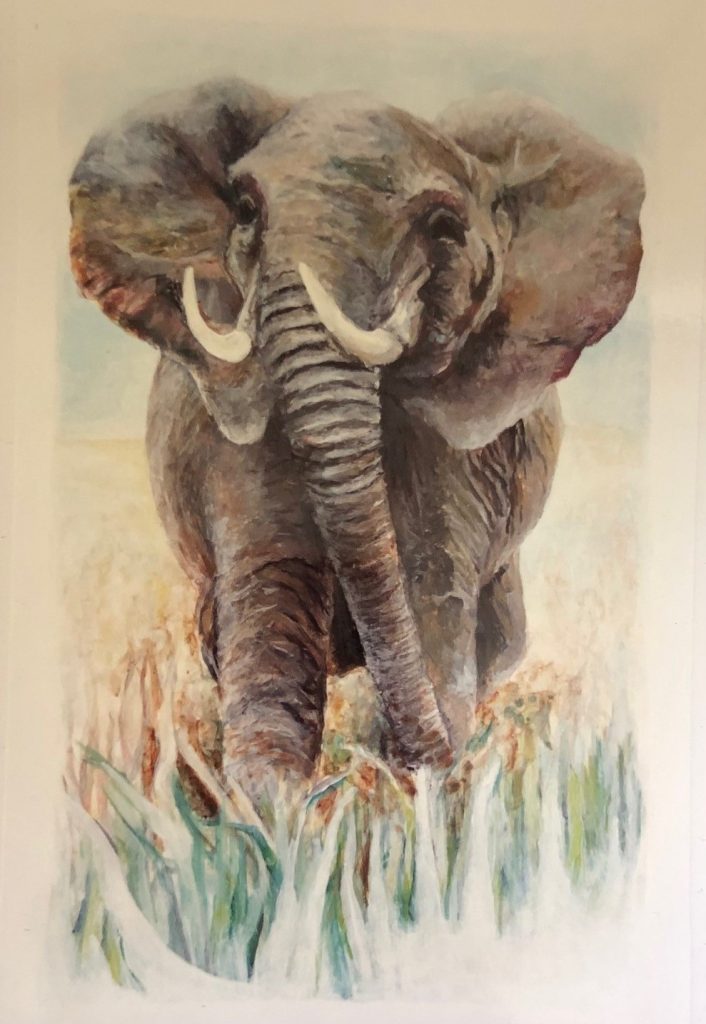
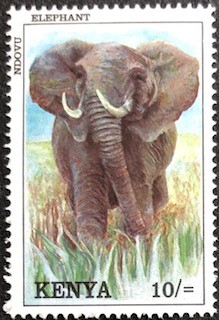
ELEPHANT (NDOVU) 10 Ksh
The African elephant is the largest land animal and weighs up to six tons. It is much larger than the Asian elephant. It has wide ears, a flatter head, larger tusks and a trunk that ends in a kind of two fingers. Their most striking external characteristic is the flexible trunk which is a large extension of the nose. These giant tusks that characterize East African elephants have disappeared due to ivory poaching. You can also see a gradual decrease in the size and weight of the elephants due to selective shooting for sport and ivory poaching.
Herds usually consist of females and young males that are used only for breeding. Sometimes during a severe drought, the herds are much larger and number up to several hundred. Elephants are very sociable; they can be very loud and produce a variety of sounds for communication purposes. The different sounds are intended for identification, to maintain contact or as an alarm in times of danger. The most alarming is a loud, high-pitched trumpet sound heard when the animal is desperate, frightened and in a position to attack for protection. They have a highly developed sense of sight, smell and hearing. Elephants are tolerant animals, but they are unpredictable. The herds are constantly on the move, especially at night and depending on their food consumption. Elephants drink huge amounts of water every day. A significant part of their time is spent eating mainly leaves, twigs, roots and fruits. Large herds of elephants can be seen in the nature reserves: Amboseli, Lake Manyara, Selous and Luenga.
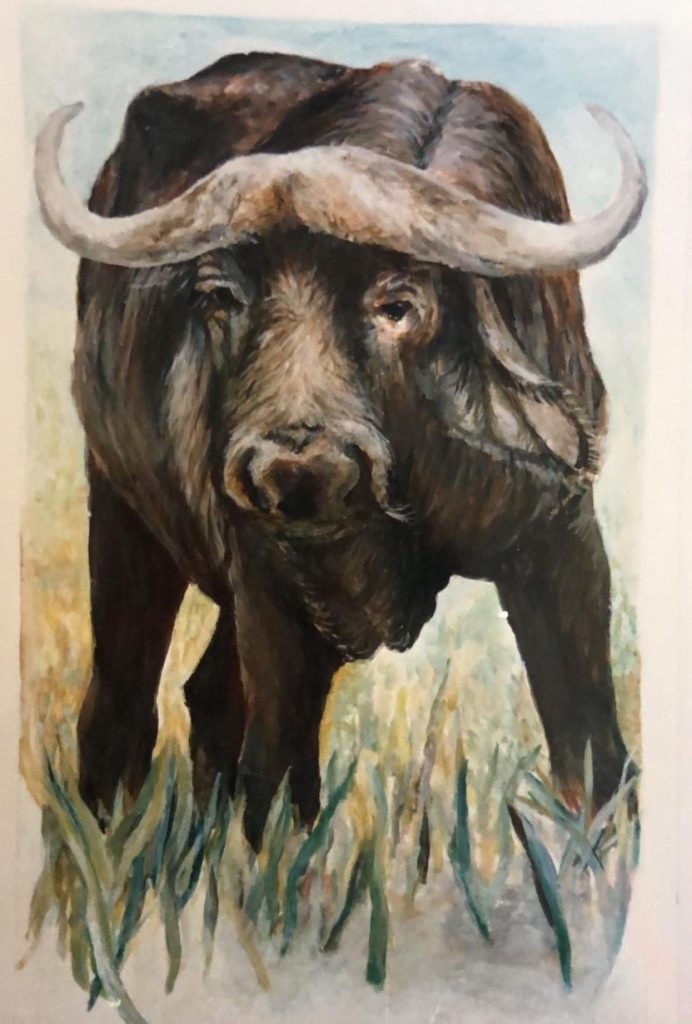
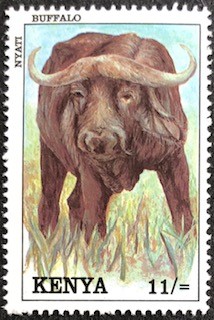
BUFFALO (NYATI) – 11 Ksh
The buffalo is a large animal that is charcoal gray in color. It is cow-like and belongs to the antelope family. He has wide, curved horns, his ears are prominent and hang low on his face. The color of the female and the cubs are reddish and their horns are smaller and weigh 750 kg. They move in herds of fifty to a hundred animals. The adult male becomes more solitary. The buffalo need water and are active day and night. The buffalo is found in most habitats in Africa. They rest during the day in the shade of trees forests or next to the marsh grass.

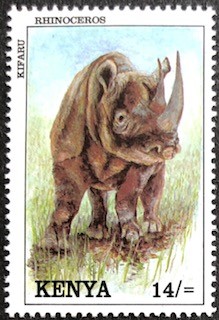
BLACK RHINO (Rhino) Sha – 14 Ksh
(Scientific name: Rhinocerotidae) The rhinoceros belongs to the family of ungulates. The rhinoceros family is characterized by their enormous size. They reach a weight of one ton. The family now includes only five species. Their distribution is in Africa and Southeast Asia. The prominent feature of the rhinoceros is the large horn that is located above the nose, it consists of the protein keratin without bone. The horn is used as a tool for locating the food: plants and minerals hidden under the ground as well as for attacking and guarding the offspring. A rhinoceros feeds in the early morning and at dusk, the rest of the day is spent resting in the shade of the trees. They travel a distance of about 5.5 kilometers from the place of departure to the water sources.
The rhinoceros excels in a thick skin that consists of collagen layers in a mesh structure and is one centimeter to one and a half centimeters thick. The hearing of the rhinos is quite sharp, as well as the sense of smell, but they have a weak sense of sight. They are strong and aggressive and cause many deaths – especially near their offspring. Most rhinos reach the age of 50 years or more.
In the shop, there are two varieties: the black, and the broad-rim, known as “white”. The most common is the black rhinoceros. It is smaller and less clumsy than the white rhinoceros that excels at having a wide lip. He has no hump on his neck and is almost hairless. The rhinos are in a state of extinction despite the attempt to protect them. They are hunted mainly for the trade in their horns, which are used for medicinal and ornamental purposes.
Black rhinos can be seen in the national parks: Mara, Amboseli and Nairobi, but they are few.
The last male white rhino was killed in 2018 because he was sick and suffering a lot. The two remaining females do not allow the breed to continue. Our family visited the reserve where the rhino stayed when accompanied by soldiers or policemen who guarded it when armed. Roni, the daughter who was really little, even rode him. I hope I can find the photo.
The national printing house in Zimbabwe to which the stamps were sent to be printed tried to improve them and planted a layer of bluish coloring which highlighted the sky behind the animals but on the other hand caused them to pale, and instead of them standing out and trying to get out of the format, they are sunken. The colors in which the drawing was made were blurred. A reddish layer was also added to the tiger at the printing house, which caused the background to take on a purple color and is different from the rest of the stamps that created a series of unity in place and time. The image of the tiger is swallowed up and flattened – a shame.
